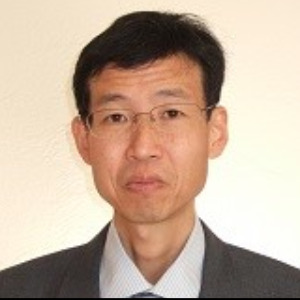Clusters and Fullerene
Clusters and fullerenes are intriguing structures in the realm of chemistry, each possessing distinctive features that contribute to their unique properties. Clusters are aggregates of a few to several hundred atoms held together by chemical bonds, often displaying exceptional reactivity due to their size. These entities exhibit diverse structures, from simple homonuclear clusters to more complex heteronuclear arrangements. On the other hand, fullerenes, exemplified by the iconic C60 molecule, are carbon allotropes arranged in hollow spheres, ellipsoids, or tubes. Their unique cage-like structure imparts remarkable stability and electronic properties. Fullerenes have spurred significant interest for their applications in medicine, materials science, and nanotechnology. They can encapsulate other molecules, making them promising candidates for drug delivery systems. Clusters and fullerenes share common ground in their role as building blocks for novel materials and catalysts. The fusion of these structures, leading to endohedral fullerenes, adds another layer of complexity to their chemistry. The study of clusters and fullerenes continues to unveil new possibilities, from enhancing material properties to opening avenues for innovative technologies, solidifying their places as captivating subjects within the diverse landscape of chemical research.

Harry Ruda
University of Toronto, Canada
Raman Singh
Monash University, Australia
Paulo Cesar De Morais
Catholic University of Brasilia, Brazil
Xiao Hong Nancy Xu
Old Dominion University, United States
S V A R Sastry
Harcourt Butler Technical University, India
Vinayak Adimule
Angadi Institute of Technology and Management, India



Title : 40,000 implants in humans and no failure: The impact of nanomedicine
Thomas J Webster, Hebei University of Technology, China
Title : Cellulose-derived biochar modified with iron oxide and ZnO nanoparticles by a novel one-step pyrolytic method for removal of emerging contaminants from water
Rashad Al Gaashani, Hamad Bin Khalifa University, Qatar
Title : Harnessing the unique properties of engineered nanostructures for sensing
Harry Ruda, University of Toronto, Canada
Title : Circumventing challenges in developing CVD graphene on steels for extraordinary and durable corrosion resistance
Raman Singh, Monash University, Australia
Title : Nano DAP augments productivity, phosphorus use efficiency, and profitability of spring wheat in India
Binaya Kumar Parida, Coromandel International Ltd, India
Title : Lipid nanoparticles formulations: From bench scale to industrial scale
Mohammad A Obeid, RAK Medical and Health Sciences University, United Arab Emirates